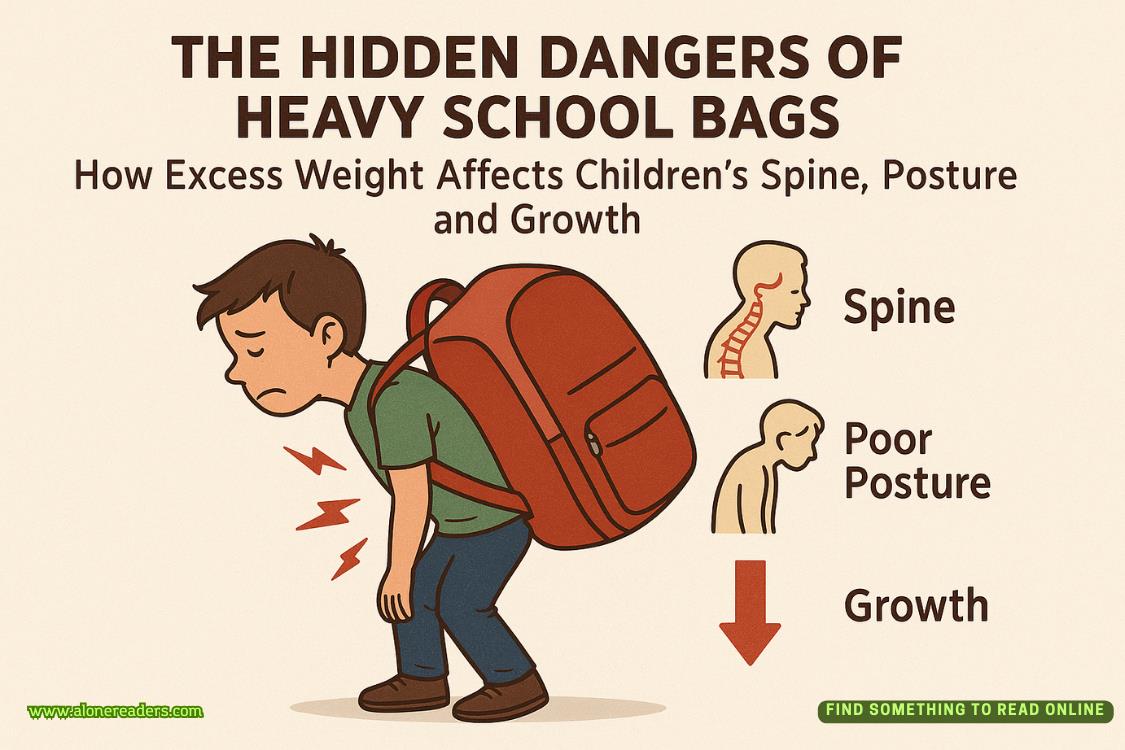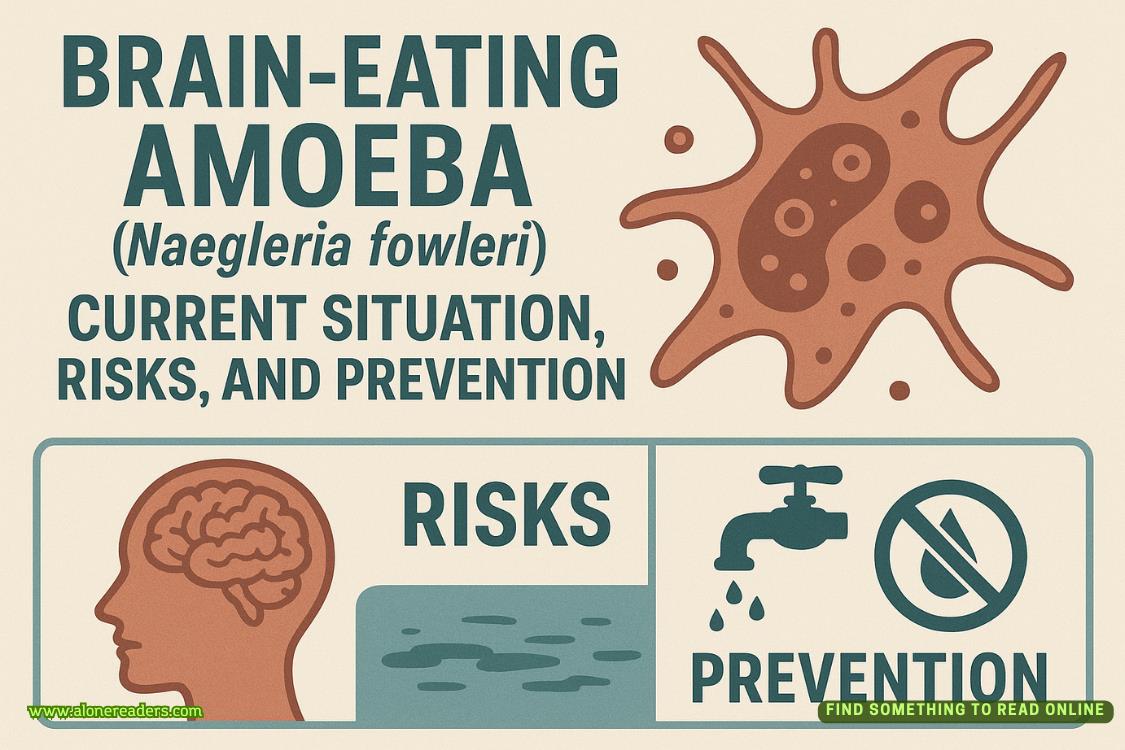“And you justbuythem?”
Mike nods, smiling. “I told you it sounded weird.”
Sierra frowns. “But how can you tell if the bees have done their job?”
Mike glances at Rupert who smiles agreement. Mike goes to the closest array of tomato plants and surveys it, then gets a ladder and climbs up a few rungs. He examines a cluster of flowers, then beckons to Sierra. He descends, then holds the ladder as she climbs up. She looks at the same cluster of flowers. “The tomato flower has petals that curl up, then a central cluster that hang down. That’s called the anther cone.”
“Okay.”
“There are seven flowers in that cluster. Five ofthem have an orange mark on the anther cone. Those are bruises from bees.”
“No!”
“Yes. It means that flower was pollinated by a bee. It will form a tomato.”
“The bee left a footprint,” I say, liking that and the way Mike nods.
“Exactly.”
Sierra is calculating, her gaze roving over the rows of plants in the greenhouse. “You have to look at all the flowers?”
“No, we take representative samples. We take a total of twenty flowers on a regular basis, maybe once a week, choosing them from four or five different areas of the greenhouse, then examine them in the lab. If the bees are on their game, at least 80% of the flowers should be bruised.”
“Sixteen,” Sierra says.
Mike nods. We all watch a bee amble through the greenhouse, then vanish into the tomato plants.
“You should see the bruise, Mom,” Sierra says, jumping down from the ladder. “Why are the plants crossed up like this?” She gestures to the way the vines are trained to grow along cables angling toward the roof. They end up making a lattice of greenery.
“Because they grow tall during the season, up to twelve meters, and we need to make sure they get the right amount of sunlight to be healthy and bear the most fruit,” Rupert explains. “I train them on the diagonal, using these little clips to fasten them to the fixed line, then prune them so the leaves don’t shade each other.”
“But plants need leaves to make chlorophyll.”
“They do, but if they make too many leaves, they don’t make fruit. We call that a bushy phase. So, we trim regularly to keep the leaves and the flowersin balance.”
Sierra looks at Mike, as he’s evidently become her source for hard data. “Between twenty and twenty-five fruit for every twenty leaves,” he says. “Though some varieties produce well at higher or lower rates.”
“You count the tomatoes.” Sierra is gleeful.
Mike nods.
“That must be a lot of pruning,” I say.
“It is. And we work in teams, kind of a friendly competition.”
Sierra frowns. “Competitive pruning?”
“If the plants are pruned right, they bear more fruit. So, each team has a section that they manage and we compare the harvest between sections every two weeks.”
“What does the winning team get?”
Mike rubs his thumb and fingers together. “Cash for every person on the team.”
“I bet they party with it.”
“You’d be wrong. They all send it home.”
“Home? Don’t they live here?”















